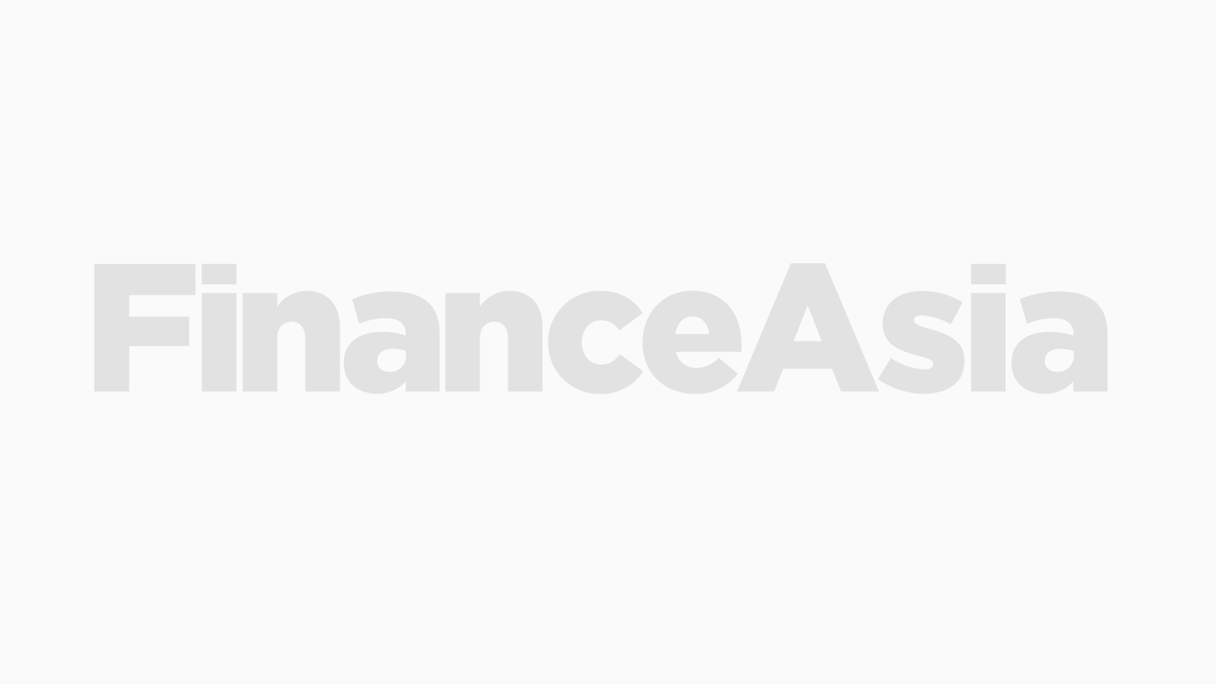Asiainfo, the US-incorporated and Nadaq-listed telecommunications and software solutions provider founded by Chinese Internet legends Edward Tian and James Ding, has had a topsy-turvy few months. Following a $126 million IPO in March 2000, the company suffered the consequence of the Internet slump, and its share price fell from a high of over $100 to a low of just over $3 in March this year. Since then, however, the stock has kicked back up to almost $11 dollars before falling on news the company made a SARS-induced loss of $1.1 million in the second quarter. Here veteran CFO Ying Han discusses the company’s balance sheet management plans are for the coming year.



